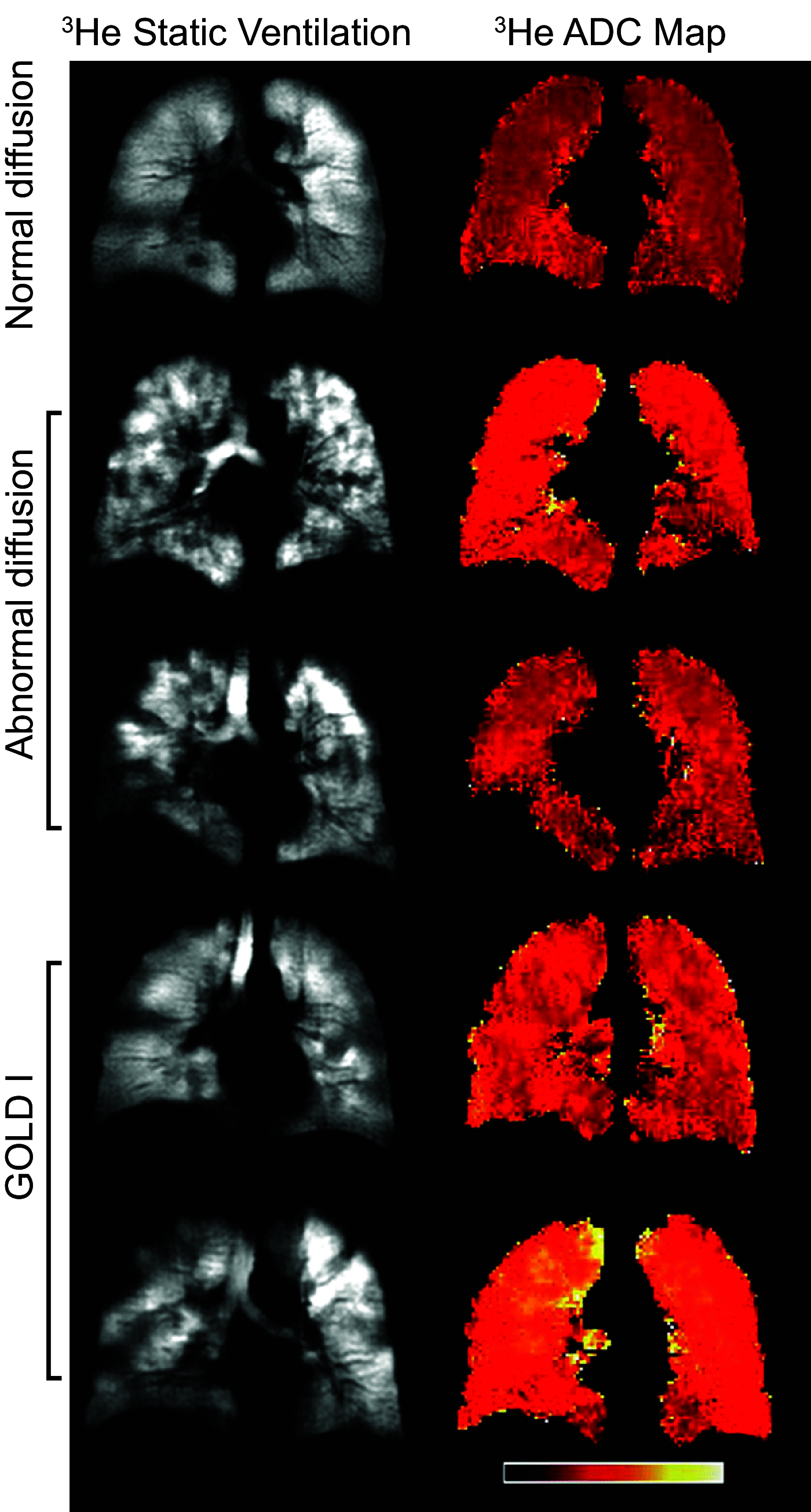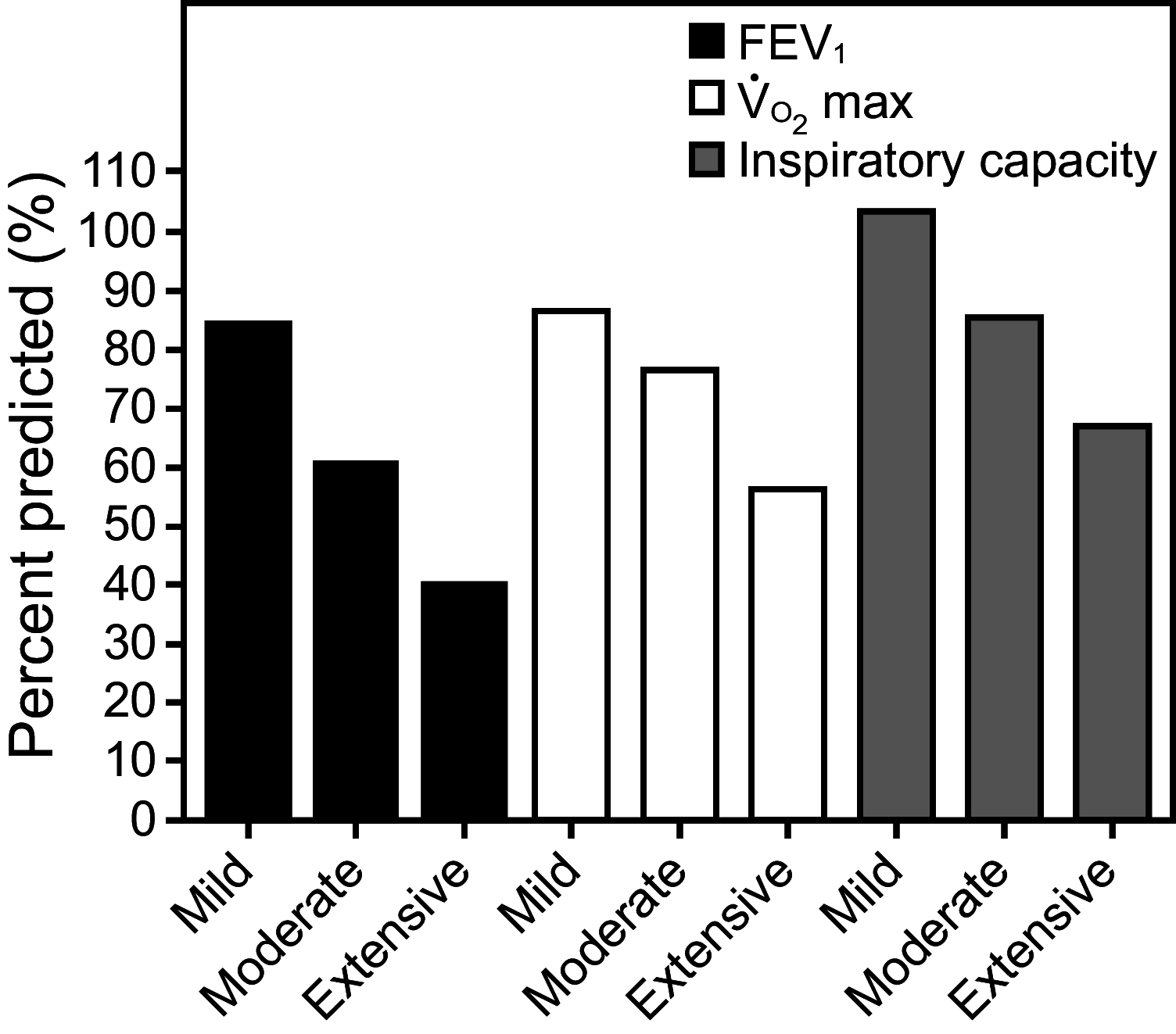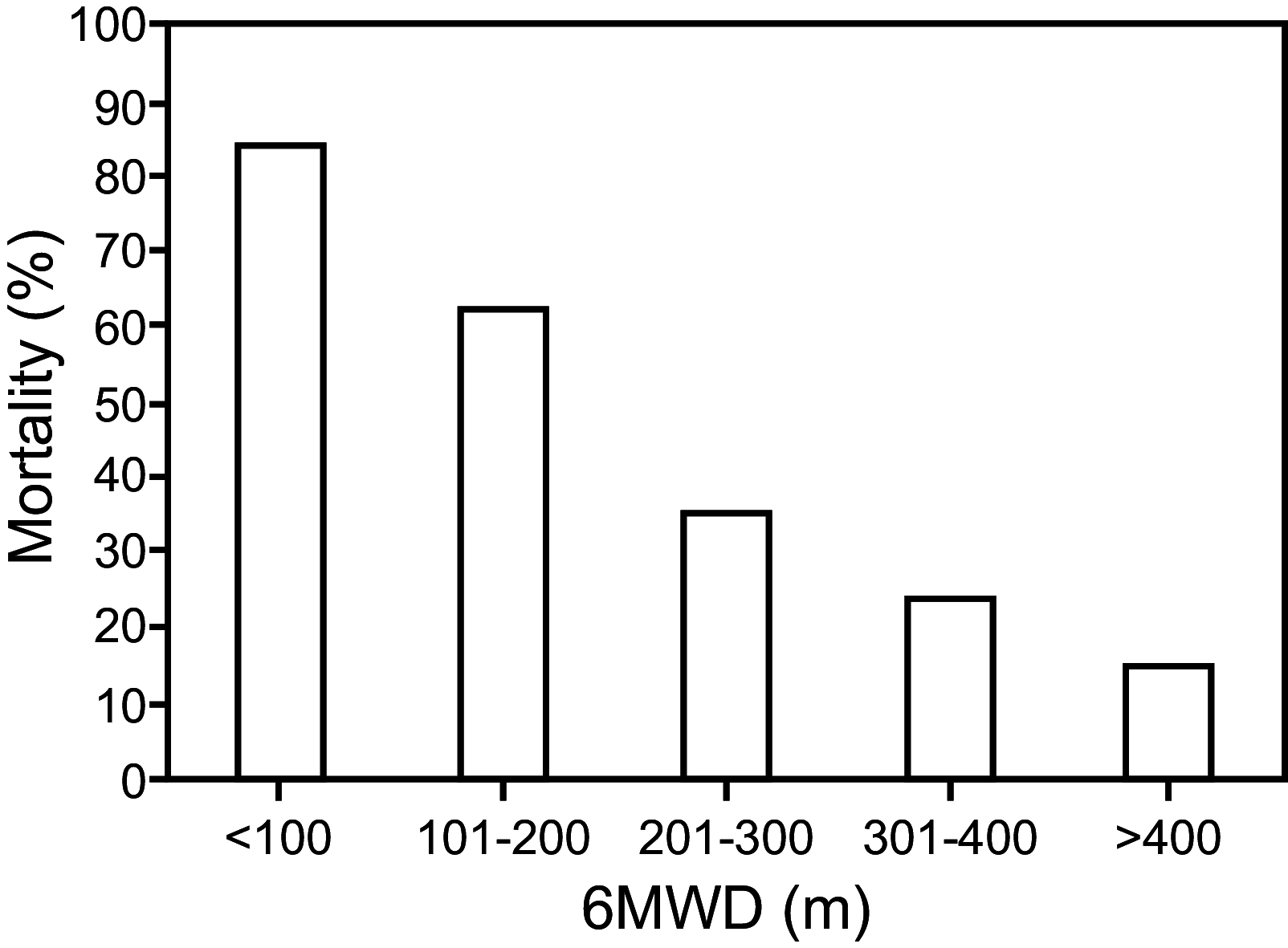The Role of Pulmonary Function Testing in the Diagnosis and Management of COPD
- PMID: 37353330
- PMCID: PMC10289615
- DOI: 10.4187/respcare.10757
The Role of Pulmonary Function Testing in the Diagnosis and Management of COPD
Abstract
Pulmonary function testing (PFT) has a long and rich history in the definition, diagnosis, and management of COPD. For decades, spirometry has been regarded as the standard for diagnosing COPD; however, numerous studies have shown that COPD symptoms, pathology, and associated poor outcomes can occur, despite normal spirometry. Diffusing capacity and imaging studies have called into question the need for spirometry to put the "O" (obstruction) in COPD. The role of exercise testing and the ability of PFTs to phenotype COPD are reviewed. Although PFTs play an important role in diagnosis, treatment decisions are primarily determined by symptom intensity and exacerbation history. Although a seminal study positioned FEV1 as the primary predictor of survival, numerous studies have shown that tests other than spirometry are superior predictors of mortality. In years past, using spirometry to screen for COPD was promulgated; however, this only seems appropriate for individuals who are symptomatic and at risk for developing COPD.
Keywords: chronic obstructive; diagnosis; exercise test; pulmonary diffusing capacity; pulmonary disease; respiratory function tests; spirometry.
Copyright © 2023 by Daedalus Enterprises.
Figures









References
-
- Petty TL. John Hutchinson’s mysterious machine revisited. Chest 2002;121(5 Suppl):219S-223S. - PubMed
-
- Wu TD, McCormack MC, Mitzner W. The history of pulmonary function testing. In: Kaminsky DA, Irvin CG, editors. Pulmonary function testing, principles and practice. Cham, Switzerland: Humana; 2018; 15-42.
-
- Barach AL. Physiological methods in the diagnosis and treatment of asthma and emphysema. Ann Intern Med 1938;12(4):454-481.
-
- Hyatt RE, Schilder DP, Fry DL. Relationship between maximum expiratory flow and degree of lung inflation. J Appl Physiol 1958;13(3):331-336. - PubMed
-
- Pauwels RA, Buist AS, Calverley PM, Jenkins CR, Hurd SS; GOLD Scientific Committee. Global strategy for the diagnosis, management, and prevention of chronic obstructive pulmonary disease. NHLBI/WHO Global Initiative for Chronic Obstructive Lung Disease (GOLD) Workshop summary. Am J Respir Crit Care Med 2001;163(5):1256-1276. - PubMed
Publication types
MeSH terms
LinkOut - more resources
Full Text Sources
Medical
Miscellaneous

